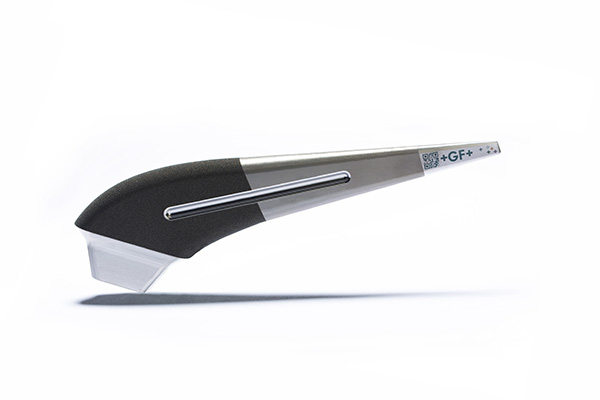Today, the gold standard for titanium implants features textured surface on all areas where integration with bone needs to take place.

Traditionally, these functional textured surfaces have been achieved through the use of grit blasting (also known as sand-blasting), either alone or in combination with chemical etching. However, laser texturing replaces a random process such as blasting or etching, with a digital one.
Pulses of laser light, often delivered in a nitrogen or argon shield gas environment, are directed at the material surface. The laser heats and modifies the metal, creating local surface deformation. Pulse duration, measured in nano-, pico- or femtoseconds, is very short and the impact location and pattern are precisely controlled with an end result that is repeatable, clean, requires no consumables, needs no secondary handling, and does not require 100%
final inspection.
The use of laser texturing allows a surface to be structured/textured with a precise, repeatable pattern and enables both product engineers and manufacturers to design in and meet more exacting specifications for roughness. Multiple different textures can also be applied on the same device without any need for masking, while elements such as 2D barcodes or other UDI features can be easily integrated.
A key criterion in the quality of a laser texturing solution is the ability of the system to correctly compensate for curved surfaces. Most commercially available systems introduce errors when applying a texture to curved geometry. However, GF Machining Solutions’ laser texturing machine tools make use of advanced software to allow the texturing of even the most complex surfaces.
For further information www.gfms.com















